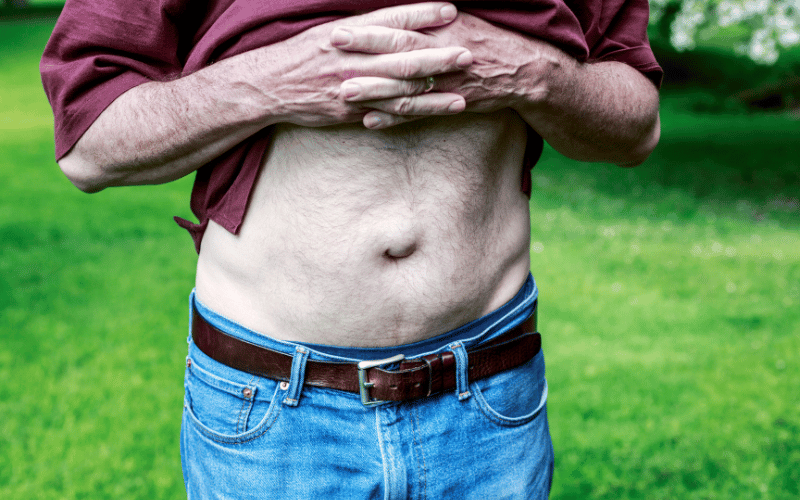4. The Hidden Epidemic: Incidence in the Aging Population

Umbilical hernias aren’t always associated with the elderly, but that’s a significant oversight. An aging body is like a well-worn car; it begins to show wear and tear in the most unexpected of places. And yes, that includes the abdominal wall. So how exactly do the elderly fit into the conversation about umbilical hernias?
Firstly, let’s discuss age-related muscle degeneration. The older you get, the more you lose muscle mass. This weakening directly impacts the abdomen, making it more susceptible to herniation, even from minor strains like lifting grocery bags or an abrupt cough.
Second, certain comorbidities that become more prevalent with age, such as chronic obstructive pulmonary disease (COPD), can contribute to the development of a hernia. COPD, for example, involves a lot of coughing, which puts pressure on the abdominal wall.
On top of that, the older generation often downplays or dismisses symptoms, attributing them to ‘normal aging.’ This dangerous line of thought can delay diagnosis, increasing the chances of complications. The absence of accurate statistics further clouds the real incidence of umbilical hernias in this age group.
Many people view hernias as a young person’s issue, or perhaps one predominantly affecting newborns. This misconception can lead to under-diagnosis in the elderly, who are actually at a fairly high risk.
The takeaway here is that umbilical hernias in the elderly constitute an overlooked issue, one that warrants greater awareness and more proactive screening. Far from being a young person’s problem, these hernias are a silent epidemic in older adults, often masked by various other age-related health conditions. (4)